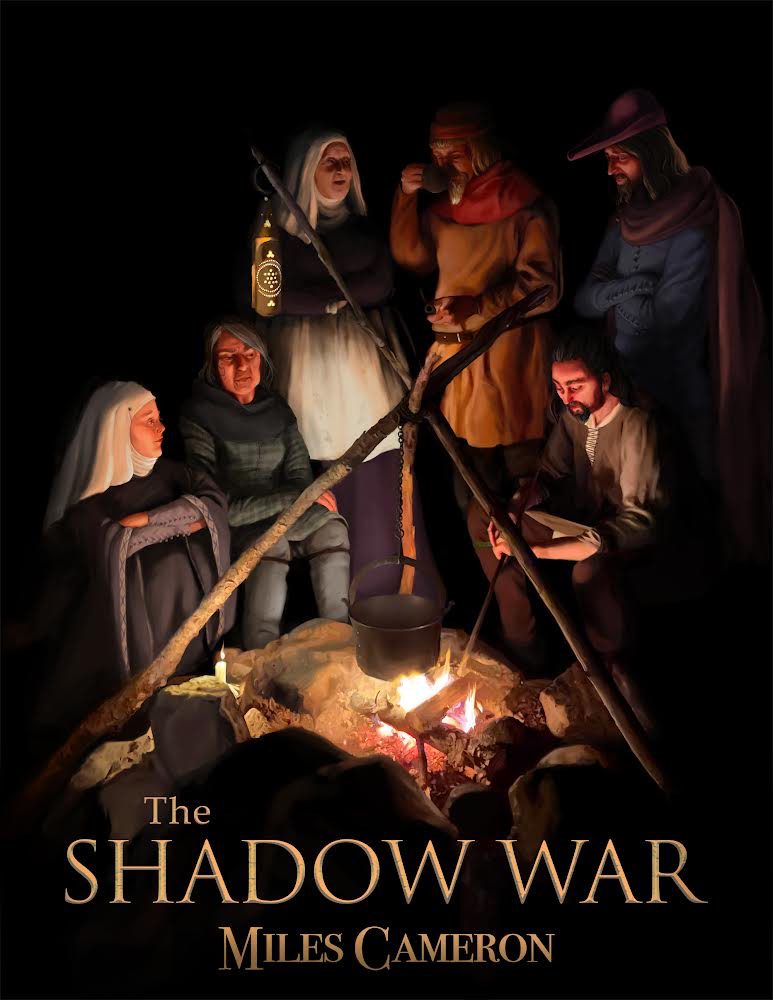 Today I was in the mines beneath the walls of Rhodes; I walked along the ditch where you can see where cannon and other artillery have knocked holes in the masonry, and I looked out over the glacis to where the Turkish trenches were; to where Demetrios the Besieger sat in the fourth century BCE. Rhodes has endured quite a few sieges, and the evidence is all around; from catapult rounds pre-weighed and marked in Mina and Talents, to the pock marks of harquebus fire where someone tried, and apparently failed, to storm a gate.
Today I was in the mines beneath the walls of Rhodes; I walked along the ditch where you can see where cannon and other artillery have knocked holes in the masonry, and I looked out over the glacis to where the Turkish trenches were; to where Demetrios the Besieger sat in the fourth century BCE. Rhodes has endured quite a few sieges, and the evidence is all around; from catapult rounds pre-weighed and marked in Mina and Talents, to the pock marks of harquebus fire where someone tried, and apparently failed, to storm a gate.

Sieges may seem dull. In the imagination, a siege represents days or weeks of boredom, slaves and lowly soldiers digging in the burning sun, or waiting to starve out a powerful enemy, or perhaps waiting for disease to do its work. But the walls and tunnels of Rhodes show a different story, of determined, daily resistance and equally determined attackers; daily raids and counter-raids much like WWI trench raids; a handful of knights and their men-at-arms emerging, perhaps, from tunnels to try and hit a Turkish battery, an elite assault group of Janissaries or Spahis creeping along the ditch to attempt to surprise an outpost. A deadly, endless form of warfare, with no quarter asked or given; probably mostly fought at night.

And let us not forget fighting in mines… the purpose of mining was to undermine (it’s all in the word) a weak section of wall, a good way to cause a breech, even in modern times. Once gunpowder was invented, a mine could be filled with powder.

The defenders could always counter-mine, using primitive sounding tools to locate the wound of the enemy sap and attack it underground by tunneling. And that’s what we see under the walls of Rhodes, I think, the old tunnels wandering off in odd directions were once Turkish and Hospitaller saps, later redug and transformed into underground sally ports. If this theory is correct, these tunnels can tell us a great deal about what mine warfare was like in the Middle Ages. If you are reading this and you know something about the tunnels under the walls of Rhodes, feel free to email me; I know they were there in the 1850’s and they look original to me, but I’d be happy to hear more.
Assuming they are what they appear to be, complete with shafts to the surface and oil-lamp sconces built into the walls, they are perhaps unique in the world. I could write a book….


Interesting thoughts as always…not something that get much attention.. even in fiction… I think i have read a book that had some action in tunnels but can’t remeber what the book was now…
Looking forward to the next..
And enjoying the photos of the trip…